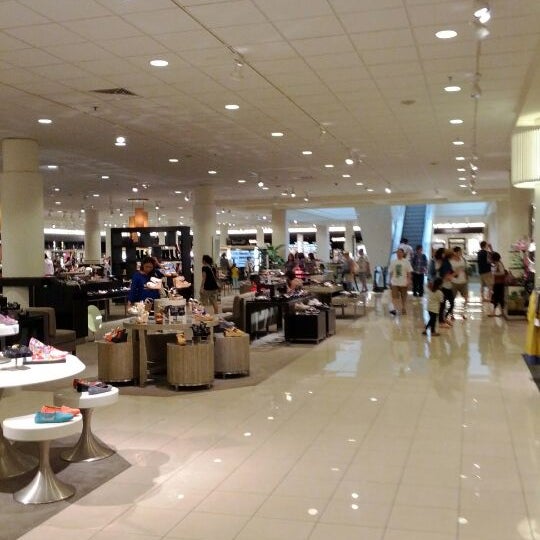
The beach hosts many events, including surf competitions, outdoor performances, hula dancing and outrigger canoe races.
Apple store ala moana closed plus#
Honolulu's mayor stated: "I'm not a scientist, but I'll get a jackhammer in there and remove all the concrete that's there creating this backwash and sucking out more sand, plus it's just downright dangerous." Waikiki beach as seen from Diamond Head In 2017, beach erosion worsened with high-energy king tides and elevated sea levels. Two aging sandbag groin structures were also removed that year. The project temporarily restored the beach to its 1985 shoreline. The project imported sand from nearby shoals and widened the 1,700-foot-long (520 m) beach by about 37 feet (11 m) between the Royal Hawaiian Hotel concrete groin and the Kūhiō Beach crib wall. Ī partial restoration was completed in the spring of 2012. Waikiki Beach, in 2011, looking towards Diamond Headįrom October 29 through November 4, 2000, the first FINA World Open Water Swimming Championships were held in the waters off Waikiki Beach. In March 1971, the Corps of Engineers Pacific Ocean Division, created a Draft Environmental Statement for the Kuhio Beach Sector of Waikiki, which aimed to improve the overall quality and size of the fading and narrowing shoreline. These complemented historic hotels dating back to the early 20th century such as the Moana Surfrider Hotel and the Royal Hawaiian Hotel.
Development boomed due to demand, and the area became filled with large resort hotels, such as the Hilton Hawaiian Village, Halekulani, the Hyatt Regency Waikiki, Marriott Waikiki, Sheraton Waikiki. The first high-rise hotels on Waikiki were built in 1955, including the Waikiki Biltmore and Sheraton Princess Kaiulani Hotel. 1,730 feet (530 m) of shoreline was replenished at a cost of $2.4 million following chronic erosion of more than a foot a year. Sand was imported to this artificial beach from the 1920s to the 1970s, once by boat and barge from Southern California. įollowing World War II, Waikiki beach restoration efforts have occurred every few years. In the 1920s and 1930s sand was imported from Manhattan Beach, California, via ship and barge. By 1950, more than 80 structures, including seawalls, groins, piers and storm drains, occupied the Waikiki shoreline. They became separated into sections, some with sandy beach and others without. Before 1950, Waikiki beaches were continuous. These helped build sand at one beach, but typically appropriated sand from others.

"Dukes", a club in Waikiki named for Kahanamoku, helped Don Ho produce music and hosted the longest-running show in Waikiki. Duke's influence made Waikiki beach a surfing hotspot. Throughout his life and after competing in the Olympics, many people around the world wanted to learn to surf. In the early 20th century, Duke Kahanamoku became a well-known surfer in Waikiki. The project took about seven years, 1921–1928. The canal, originally known as the Waikiki Drainage Canal, was created by a Hawaiian dredging company run by Walter F. To get rid of the mosquitoes, developers created the Ala Wai canal. In the early 1900s, Waikiki was home to many wetlands, which were claimed to harbor disease-carrying mosquitoes. Waikiki has had erosion problems since the late 1800s, because hotels and homes were built too close to the natural shoreline, while seawalls and other structures blocked the natural ebb and flow of sand along the beach. Later that year Robert Louis Stevenson stayed at the resort subsequently it became a popular destination for mainland tourists. In 1893, Greek-American George Lycurgus leased the guest house of Allen Herbert and renamed it the "Sans Souci" (French for "without worries" or “carefree”) creating one of the first beach resorts.

The area was a retreat for Hawaiian royalty in the 1800s who enjoyed surfing there on early forms of longboards. The Hawaiian language name Waikīkī means spouting fresh water, for springs and streams that fed wetlands that once separated Waikiki from the interior. Waikiki was the first capital of the Kingdom of Hawaii from 1795 to 1796. Waikiki (Hawaii) is home to public places including Kapiʻolani Park, Fort DeRussy, Kahanamoku Lagoon, Kūhiō Beach Park and Ala Wai Harbor. There are also beaches that have been named after Waikiki in other parts of the world, such as in Cape Disappointment, Washington. Waikiki Beach is one of six beaches in the district, along with Queen's Beach, Kuhio Beach, Gray's Beach, Fort DeRussy Beach and Kahanamoku Beach.

Waikiki ( / ˌ w aɪ k ɪ ˈ k iː/ Hawaiian: Waikīkī Hawaiian: ) is a Honolulu neighborhood and its eponymous beach on the south shore of the island of Oʻahu in the U.S.


 0 kommentar(er)
0 kommentar(er)
